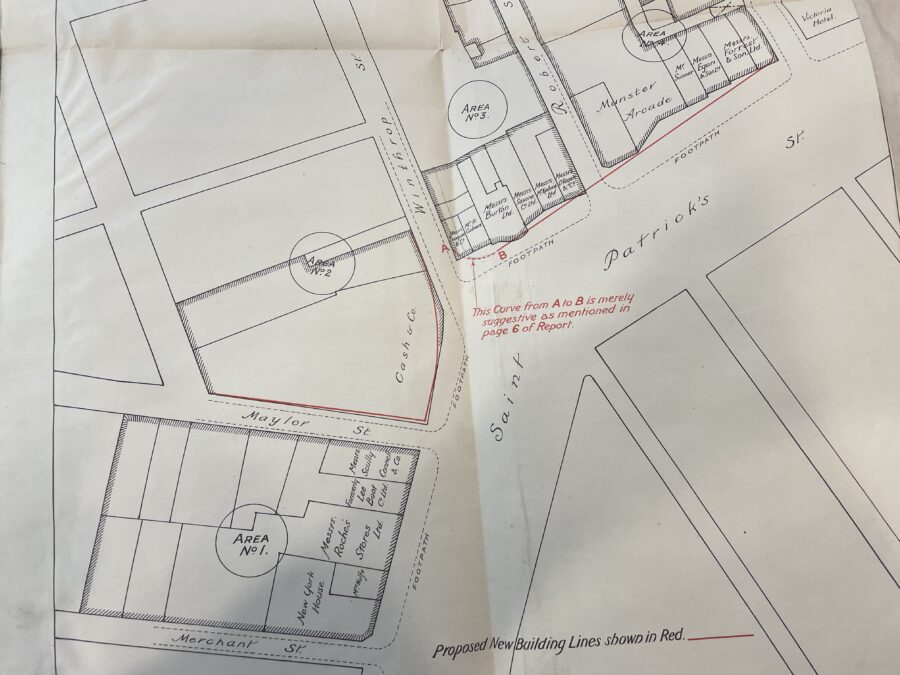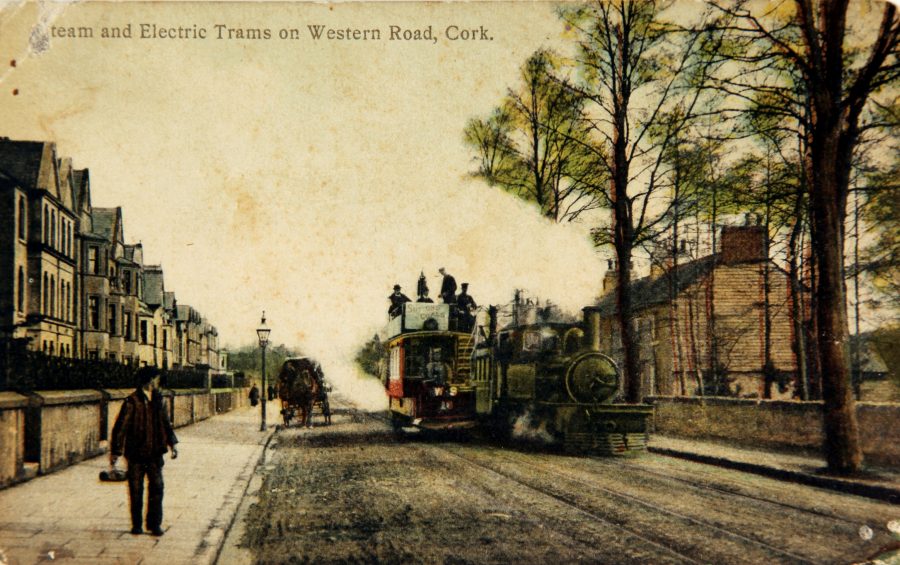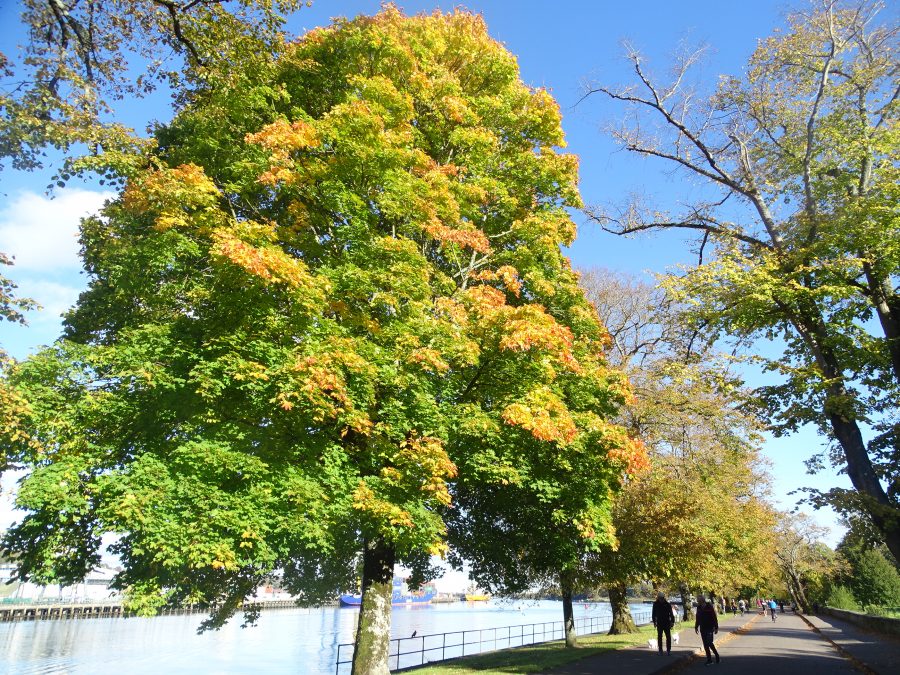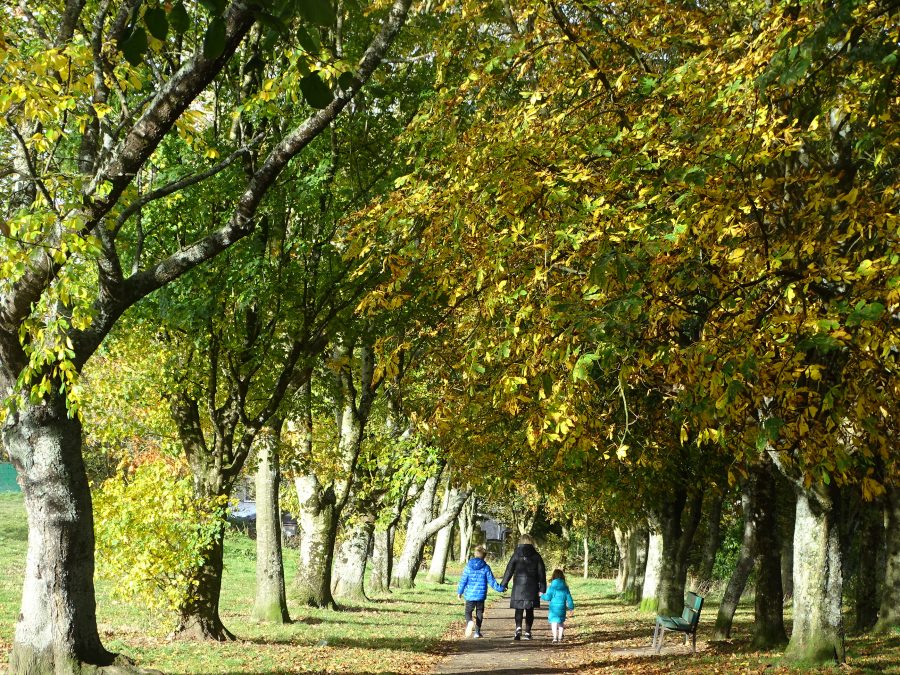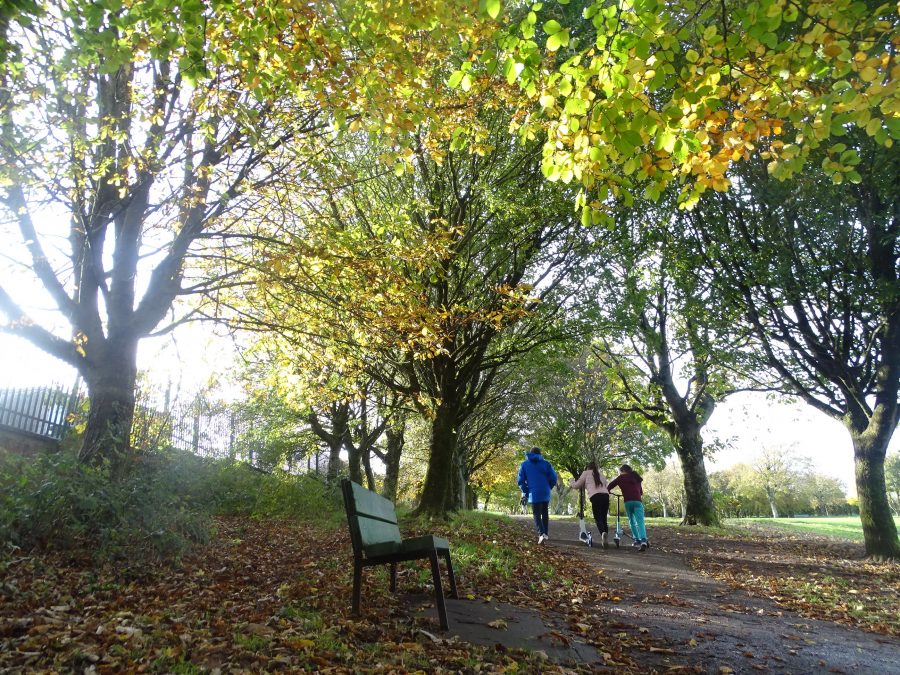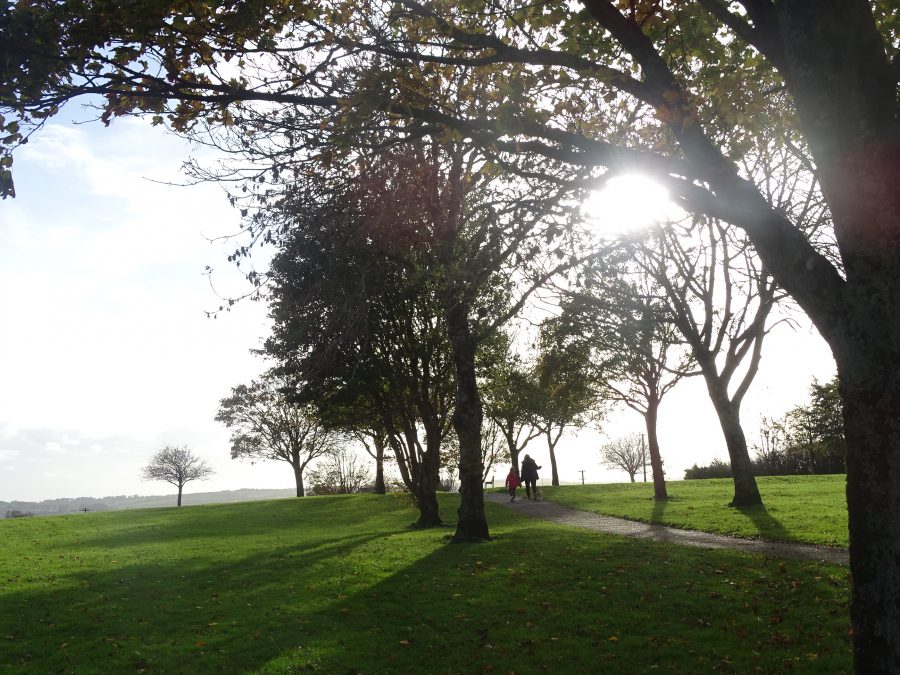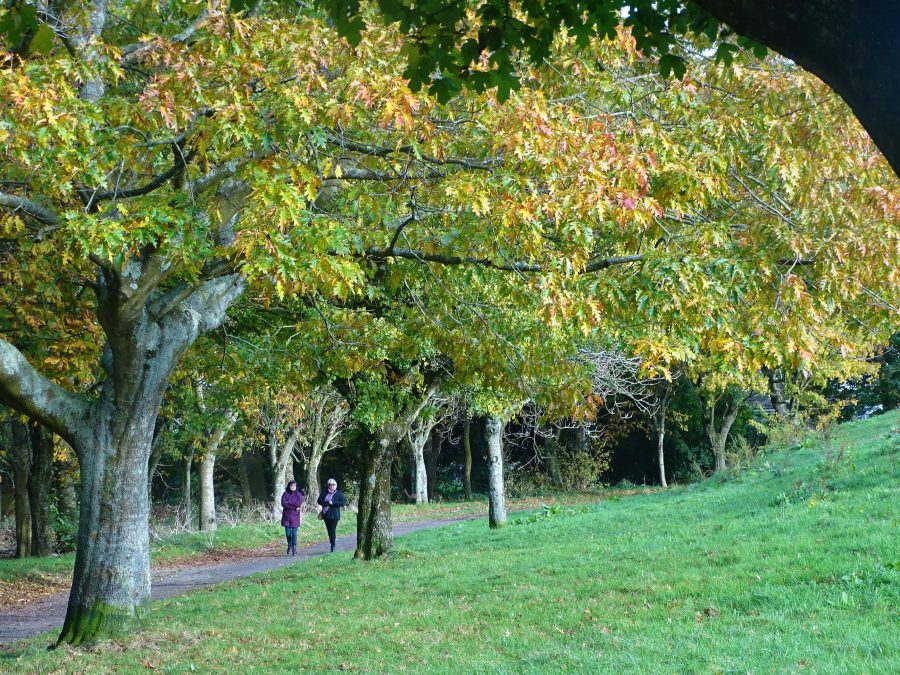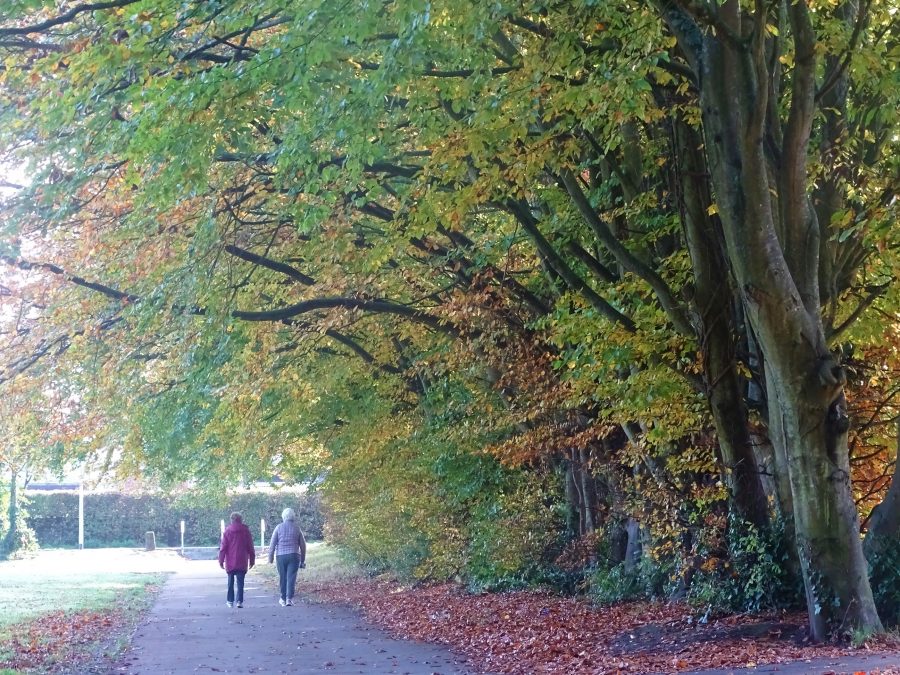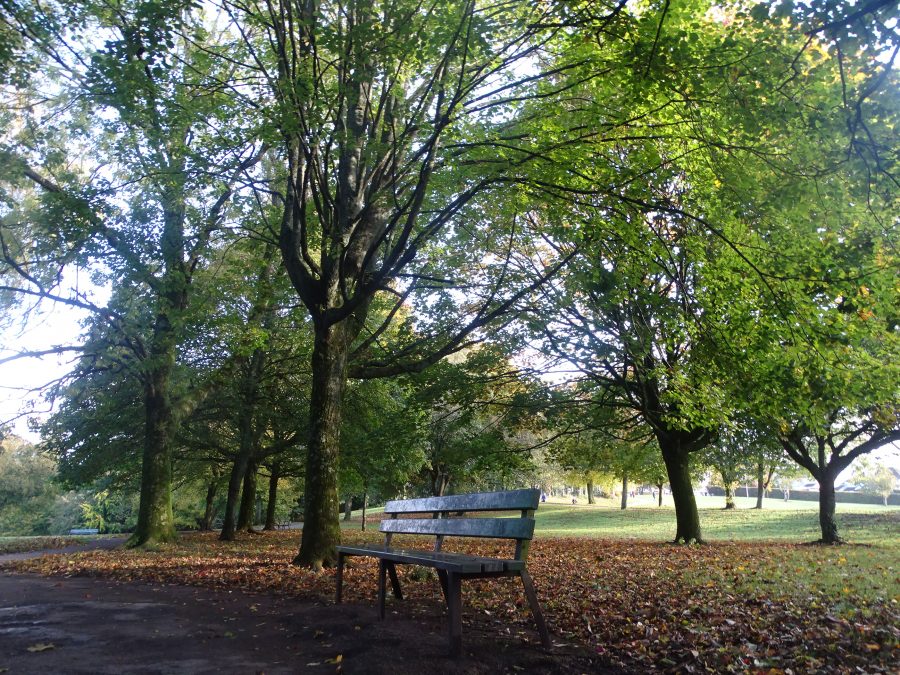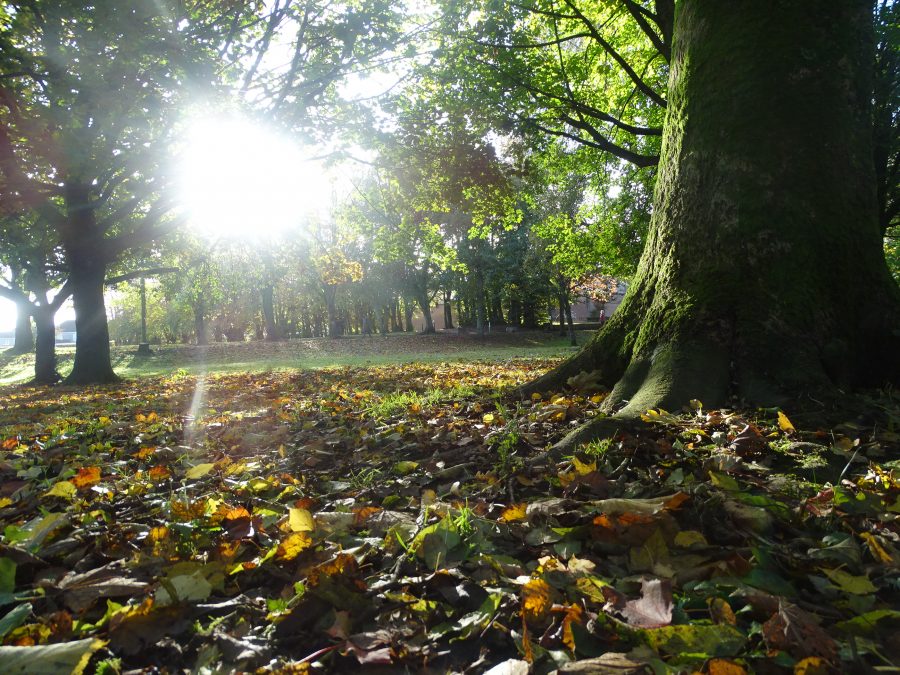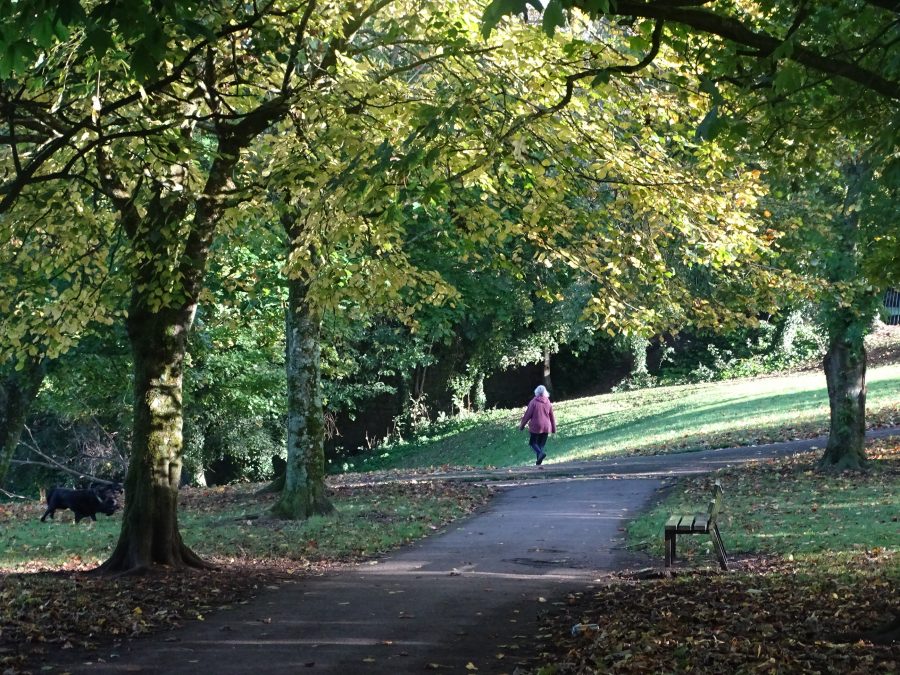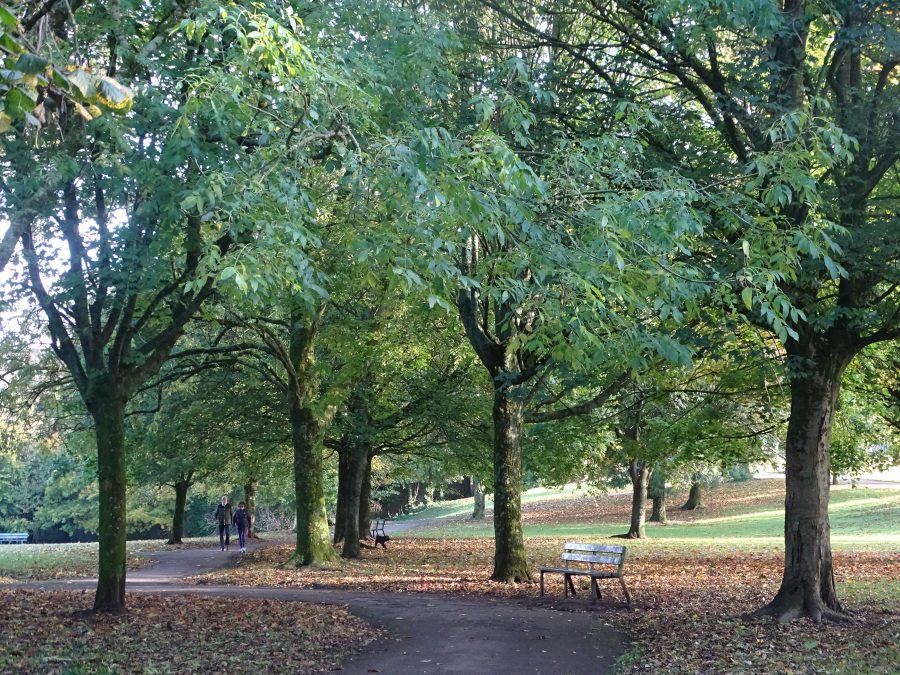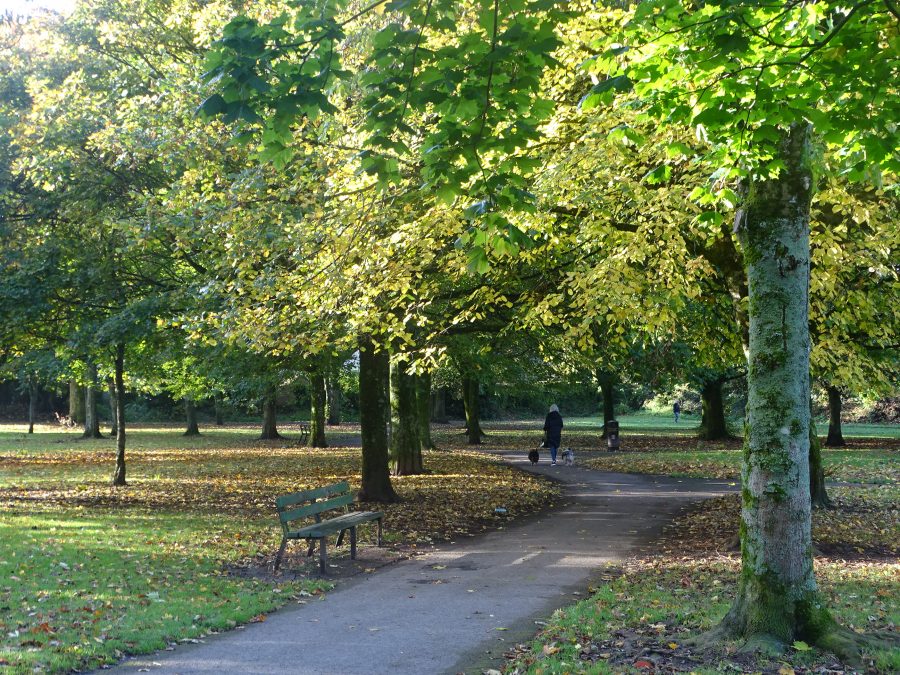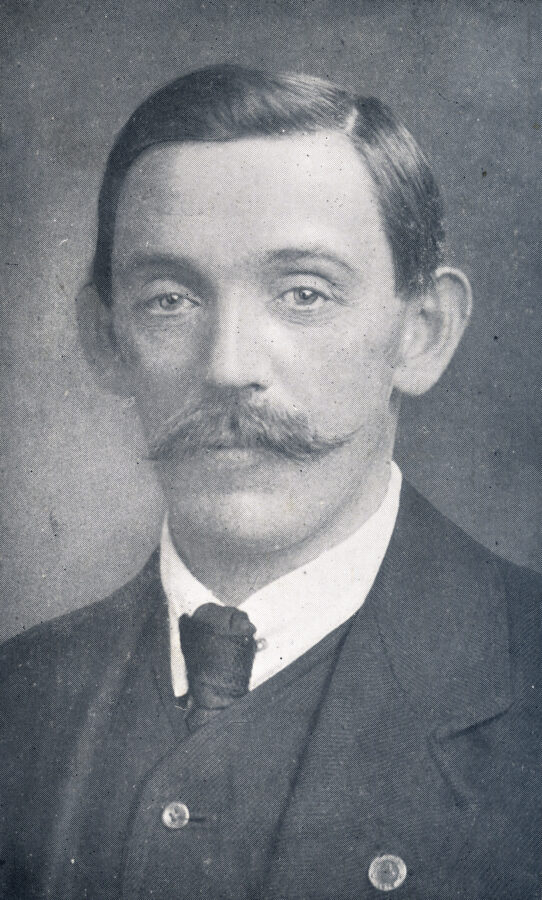
Kieran’s Our City, Our Town Article,
Cork Independent, 18 November 2021
Journeys to a Truce: The Fate of Tadhg Barry
Tadhg Barry has been written about by several historians over the past decades. Donal Ó Drisceoil’s new book on Tadhg’s life and times is now available in shops and is published by Mercier Press. Born in Cork city in 1880, Tadhg grew up in the Blarney Street area. Between 1899 to 1903, he worked as an attendant in the nearby Our Lady’s Hospital. After a short time working in London, he took up a job back in Cork with the newly-established Old Age Pensions Board in 1909.
Tadhg became an active member of the IRB and Sinn Féin. As a GAA member he was part of the group led by J.J. Walsh which restructured and rejuvenated the organisation in Cork. In 1913, Tadhg was a founding member of the Irish Volunteers in the city. He remained with the separatist wing after the 1914 split, and remained a core member. He was very engaged in the trade union activity in the city. In May 1915 Tadhg was one of a group who brought James Connolly to the city to speak at an Independent Labour Party meeting. He was also involved in Connolly’s January 1916 visit to Cork, when James spoke to circa thirty Volunteers on urban guerrilla tactics.
Tadhg also played a central part in the early stages of the renewal of the Irish Transport and General Workers’ Union (ITGWU) in the city. In November 1916 he was arrested during a speech to the Manchester Martyrs commemoration in Cork. In January 1917, he was sentenced by court martial to two years, but only served eight months. He was released following a hunger strike in early July 1917. On release Tadhg resumed regular journalism with a weekly column on Cork city politics, labour and culture under the title Neath Shandon Steeple for the Skibbereen-based Southern Star. He also commenced contributing a series of articles to the ITGWU’s Voice of Labour.
Tadhg was lifted as part of the German Plot arrest swoop in May 1918 and sent to Usk prison in England, until March 1919. Following his release. He became a full-time ITGWU organiser and Cork No. 1 (James Connolly Memorial) Branch secretary.
In the January 1920 municipal elections Tadhg was elected as alderman for the Sunday’s Well/Blarney Street area on a Sinn Féin/Transport Union ticket and took his seat in Cork City Hall for the historic election of Tomás MacCurtain as Lord Mayor.
A year later, in January 1921, when Cork Corporation gathered to elect a new Lord Mayor, the police arrested nine of the councillors, including Tadhg. He was removed to Ballykinlar internment camp in County Down, where he joined over 2,000 others, including many union activists. Tadhg engrossed himself in camp life, and is recorded as having delivered lectures on labour and other social concerns as part of the educational activities arranged by the internees.
One of the most detailed accounts of Ballykinlar is by Frank O’Duffy, who was interned in Camp II, Ballykinlar, from January to December 1921. He acted as Prisoners’ Commandant in that Camp from June until the general release in December, 1921. He relates in his witness statement (WS665) in the Bureau of the Military History that about the middle of November 1921 the British Commandant told prisoners that he had permission to release a number of prisoners (about thirty) on parole from the camps, and he supplied a lorry to bring them to the railway station.
When the group were entering the lorry outside the camp gate, some prisoners (including Tadhg Barry) were standing a few yards inside the gate of Camp II. The sentry in the block-house overlooking the gate asked them to step back from the gate. Tadhg did not. The sentry fired at Tadhg and shot him dead through the heart. Another prisoner (Con O’Halloran) dragged Tadhg’s body back a few yards, and an angry crowd quickly gathered, some of them shouting at and denouncing the sentry, who had them covered with his rifle.
Frank outlines that the threatening situation was saved by the presence of mind of Sean O’Sullivan who called on the prisoners to kneel down and say the Rosary. In an instant all was calm Father Burbage attended to Tadhg, and the doctors pronounced life extinct.
In the meantime, an officer had entered the sentry-box, and another sentry was brought to replace the man who had fired the shot. Frank describes the situation; “So impressive was the scene inside our camp, and the instant change from angry abuse to prayer, that the British M.O. (Captain Harlow, who was not friendly to us) complimented me next day on the remarkable discipline of our men, and our control over them. It would be impossible to describe the shock which the tragedy produced on the prisoners. Their nerves were at high tension. The truce and treaty negotiations had lasted many months and the hopes and prospects of early release had been more eagerly debated every day”.
Frank describes that Tadhg Barry had been very active and popular in all the camp activities; he had volunteered to act as hut leader in what was described as the “old men’s hut” a hut specially fitted up to accommodate 25 of the oldest men in the camp.
Frank Duffy articulates that many of the British officers seemed to regret the tragedy. Even when a British Sergeant attempted to remove the Tricolour flag from the coffin, the Adjutant (Lieutenant Joselyn) forbade him. They consulted Frank and the Camp about arrangements to be made; Frank notes: “They offered accommodation for the body in a building outside the camp (open to the public), and agreed that a group of 24 prisoners from the camp might accompany it to supply a guard until the funeral left on condition that they gave their word not to escape”.
Utter Disloyalist, Tadhg Barry and the Irish Revolution by Donal Ó Drisceoil (2021, Mercier Press, Cork) and is available in all good bookshops.
Event: Kieran gives a zoom talk on Nineteenth Century Engineer Sir John Benson on his Cork works ranging from bridges to waterworks to special sites such as the Berwick Fountain, Thursday 25 November, 6.30pm, with Engineer’s Ireland, Cork Branch, and the Friends of the Crawford. Booking details here: www.engineersireland.ie/listings/event/7906
Caption:
1126a. Tadhg Barry, c.1920 (source: Cork City Library)
